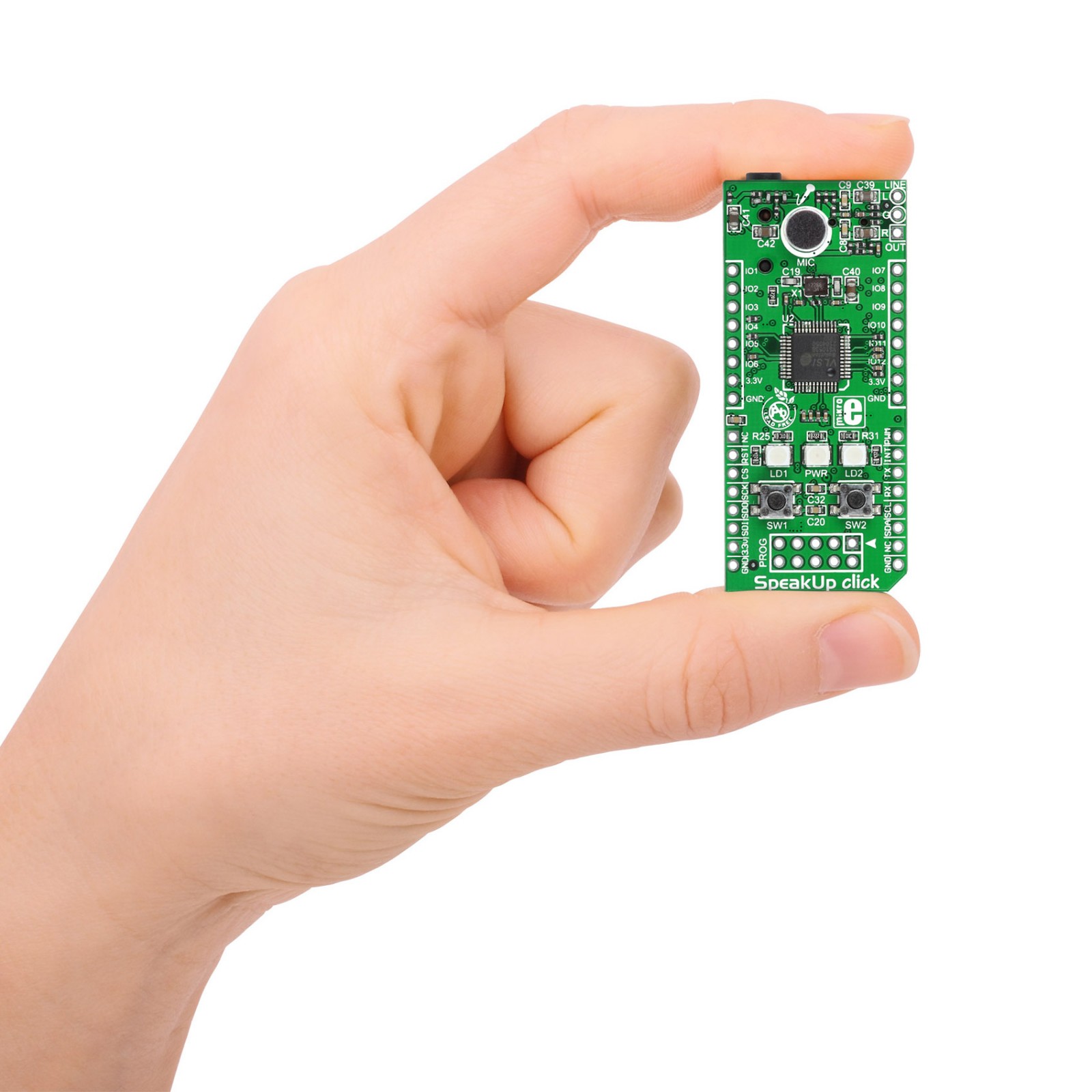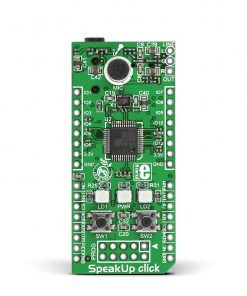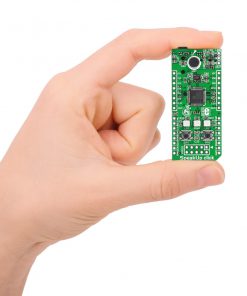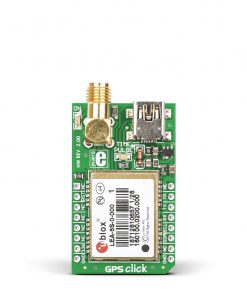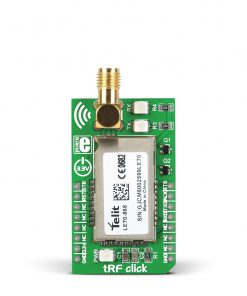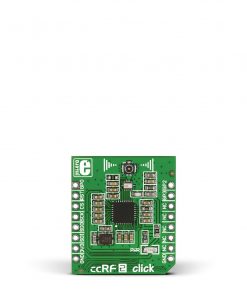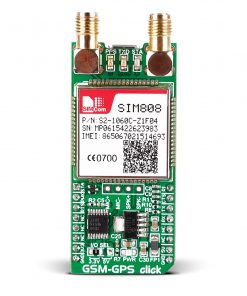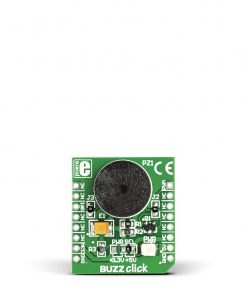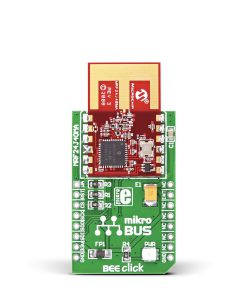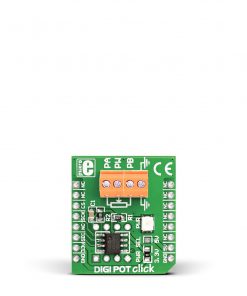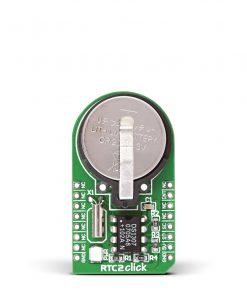SpeakUp Click is a compact add-on board providing an offline speech recognition solution. This board features the VS1053, an Ogg Vorbis/MP3/AAC/WMA/FLAC/MIDI audio codec from VLSI Solution. It provides an audio encoder and decoder for those formats on a single chip alongside a low-power DSP processor, data memory, 16KB instruction RAM, and 0.5KB RAM for user application. This board also contains the STM3232F415RG, an ARM Cortex-M4 32-bit MCU from STMicroelectronics. The STM32 stores many voice commands and compares them with those received from the VS1053, sends the data to the host MCU or executes the command, thus enabling this board to act as a stand-alone solution. This Click board™ makes the perfect solution for voice-controlled applications, home automation, or any human-machine interface.




